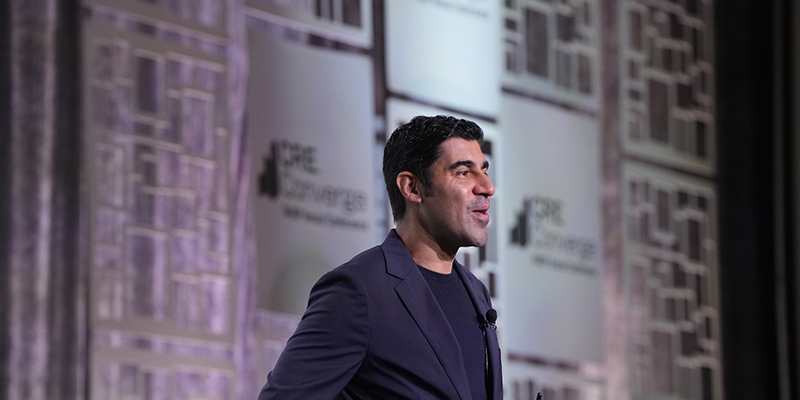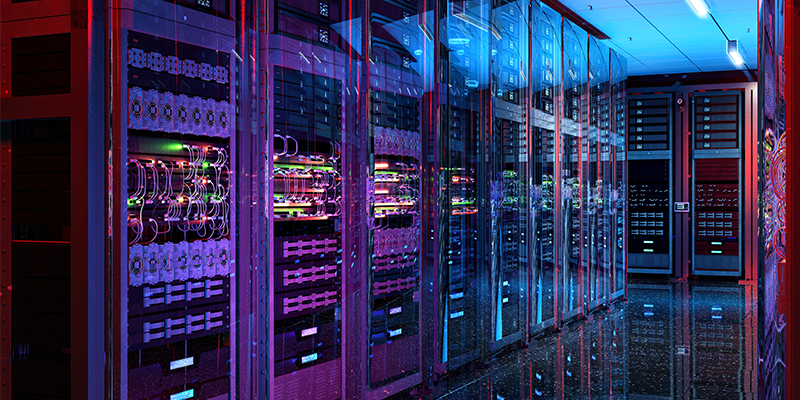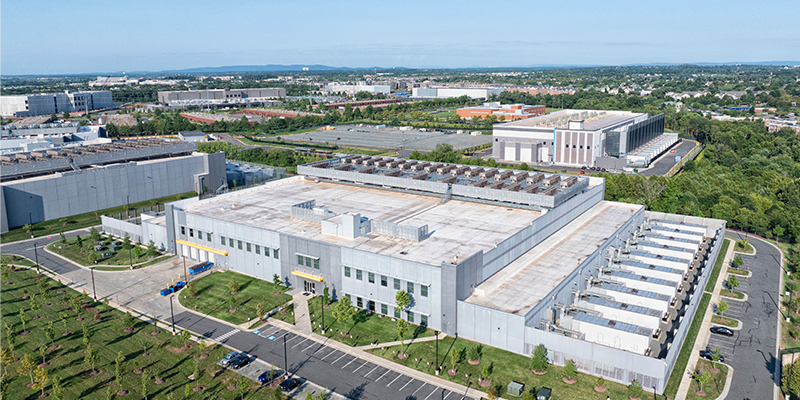In the wake of the COVID-19 pandemic, supply chain problems have become pervasive. In fact, things are getting so bad that many fear they could imperil the all-important holiday shopping season this year.
“My wife came up to me and said, ‘We have to start Christmas shopping right now,’” said John Petricola, senior managing director of Southeast development with the Rockefeller Group, who moderated a panel discussion on supply chain challenges this week at NAIOP’s CRE.Converge in Miami Beach, Florida. “When that happens, you know we have problems in the supply chain.”
Michael Landsburg, chief development officer with NFI Real Estate, said there are currently 70 cargo ships anchored off the ports of Los Angeles and Long Beach, California. A month ago, there were about 40.
“Those boats are waiting for two to three weeks,” he said. “If you haven’t done your Christmas shopping, it may be too late. Trying to deliver is incredibly challenging right now.”
Landsburg noted that issues could continue for some time at West Coast ports. For example, he said that the contract for the longshoreman union in Los Angeles and Long Beach is up for renewal next year.
“There is some thought that it might not be the smoothest negotiation,” he said. “It remains to be seen. There could be some impacts into next summer.”
Meanwhile, costs are skyrocketing right now. Landsburg said that before the pandemic, the price to ship a container from China to Long Beach was about $1,500. Today, he said he’s seeing some quotes as high as $25,000.
“We should have been thinking about these things a while back, but here we are,” said Will McIntosh, global head of research with USAA Real Estate. “It’s kind of hard to change plans when you’re in the middle of it. I think about what happens when you bring those goods off the ship. Now you’ve got to bring them east. That has its own set of problems. For example, there’s a shortage of truck drivers.”
Landsburg echoed those sentiments. He noted that while costs have gone up about 30% in the red-hot industrial real estate market, the costs for other factors in logistics like transportation are going up just as fast or faster.
“Are you sending them by truck? All the costs have gone up and the availability has gone down,” he said. “Total transportation makes up about 50% of costs. That affects where distribution centers go. It may be a smaller percentage, but it matters. The challenge is planning. Right now, it’s hard to look out six months to a year.”
Reshoring and nearshoring have been major topics of discussion in the logistics industry for the past few months. Rising labor costs in China and ongoing supply chain issues have made a case for greater reshoring of manufacturing. Today, Mexico can produce goods for about 25% of what it costs to manufacture in China, and with far fewer transportation issues thanks to its 1,954-mile-long border with the U.S.
“You’re going to see more companies moving back this way and looking for suppliers that are closer to the consumer,” McIntosh said.
Later, McIntosh shared an anecdote to illustrate his point. A Utah-based company that manufactures hot tubs gets parts from seven countries and 14 states. The firm estimates that there are 188,000 miles of travel to assemble a hot tub in Utah. In recent months, supply chain issues have gotten so bad that the company had to charter flights to pick up parts.
“It went from taking a few weeks to make a hot tub to six months,” he said.
According to Joe Dunlap, managing director of supply chain advisory for CBRE, many businesses are trying to pursue a supply chain policy that’s been dubbed “China plus one.”
“If you were a company that had consolidated its sourcing to one country, you’re in trouble,” he said. “So, you should have suppliers in other countries. Generally, it would be China plus another Asian country, but it could be anywhere in the world.”
Labor issues are another problem, Landsburg said.
“When it comes to locating your facilities, you could get your transportation right and your facilities right, but you can’t find the labor force,” he said.
That’s where automation could step in to fill the gaps. Landsburg said NFI Real Estate has been working on adaptable technology with a focus on flexible automation that can move from facility to facility depending on need. And further down the road, technology could really take off, he said.
“Imagine driverless tractor trailers being operated by remote drivers like a video game,” he said. “In the future, this kind of job could appeal to technologically inclined younger workers.”
And finally, many companies could scale back on the longstanding practice of “just in time” inventory management, in which goods are shipped only when they’re needed. Instead, they might focus on “just in case” inventory management, in which companies keep larger inventories on hand. McIntosh said many companies are already doing that. “When we look at industrial space demand right now, we’re looking at inventory space,” he said. “Walmart’s inventory up is 20%. Target’s up 26%. And Home Depot’s is up 40%.”
This post is brought to you by JLL, the social media and conference blog sponsor of NAIOP’s CRE.Converge 2021. Learn more about JLL at www.us.jll.com or www.jll.ca.









